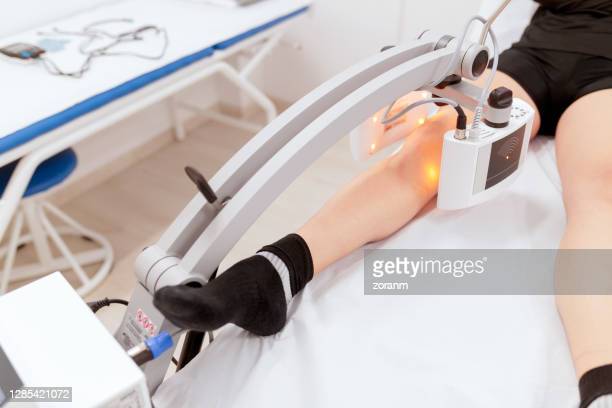
Introduction:
Electromagnetic therapy or Electromagnetic field therapy refers to therapy involving the use of magnets or electromagnets. Types include: Bio-electromagnetics, the study of how electromagnetic fields work together with and influence biological processes.
There are several types, including:
Static magnetic field therapy: In this, you touch a magnet to your skin somehow. You might wear a magnetic bracelet or other magnetized jewelry. It could be a bandage with a magnet in it, or you may wear a magnet as a shoe insole. You could also sleep on a special mattress pad with a magnet in it.
Electrically charged magnetic therapy (electromagnetic therapy): The magnets you use here have an electric charge. Treatment with electromagnetic therapy usually comes through an electric pulse.
Magnetic therapy with acupuncture: Magnets go on the same sections of your skin that an acupuncturist would probably spotlight on in an acupuncture session. You may hear these areas called your energy pathways or channels.
How It Works
Your body logically has magnetic and electric fields. All your molecules have a small amount of magnetic energy in them. The thought behind magnetic field therapy is that certain problems happen because your magnetic fields are out of equilibrium if you put a magnetic field near your body, it’s believed things will go back to normal.
Ions like calcium and potassium help your cells send signals. In tests, scientists have seen magnets change how these ions act. However, so far, there isn’t evidence that magnets have the same effect on cells when they’re in your body.
What it’s used for:
Scientists have specifically studied its use for:
- Arthritis
- Wound healing
- Insomnia
- Headaches
- Fibromyalgia
Contraindications:
While it’s generally safe for most people to wear low-intensity static magnets, it’s not a good idea to have magnetic field therapy if you:
- In patients using a pacemaker
- In patients having an insulin pump
- In pregnant women.
Conclusion:
There haven’t been many studies on magnetic field therapy. The ones that have been done don’t have enough data to draw solid conclusions. Some clinical trials have shown a potential for magnetic field therapy as a treatment for back pain, for the most part, there’s no clear proof that it can treat any condition.